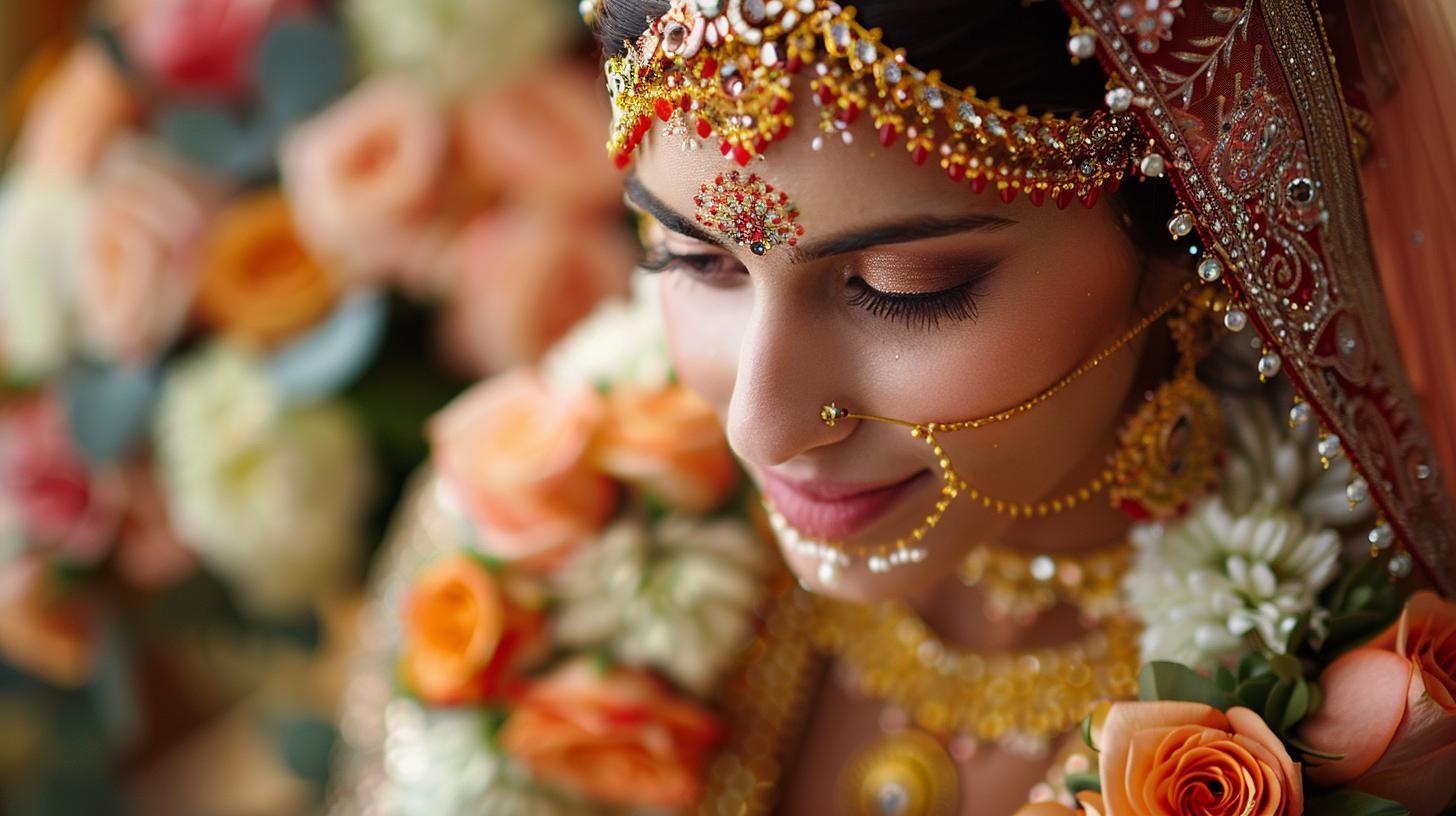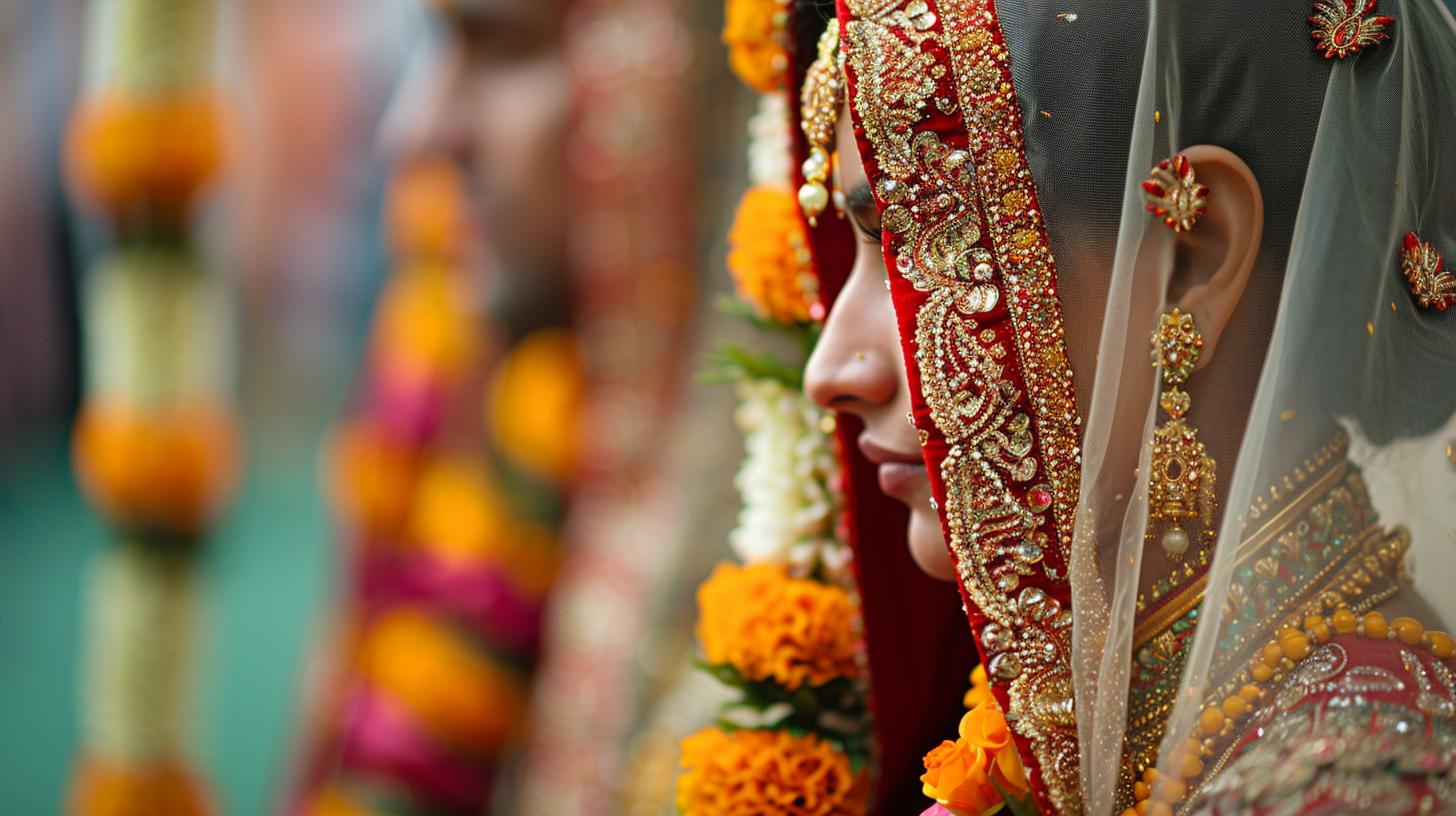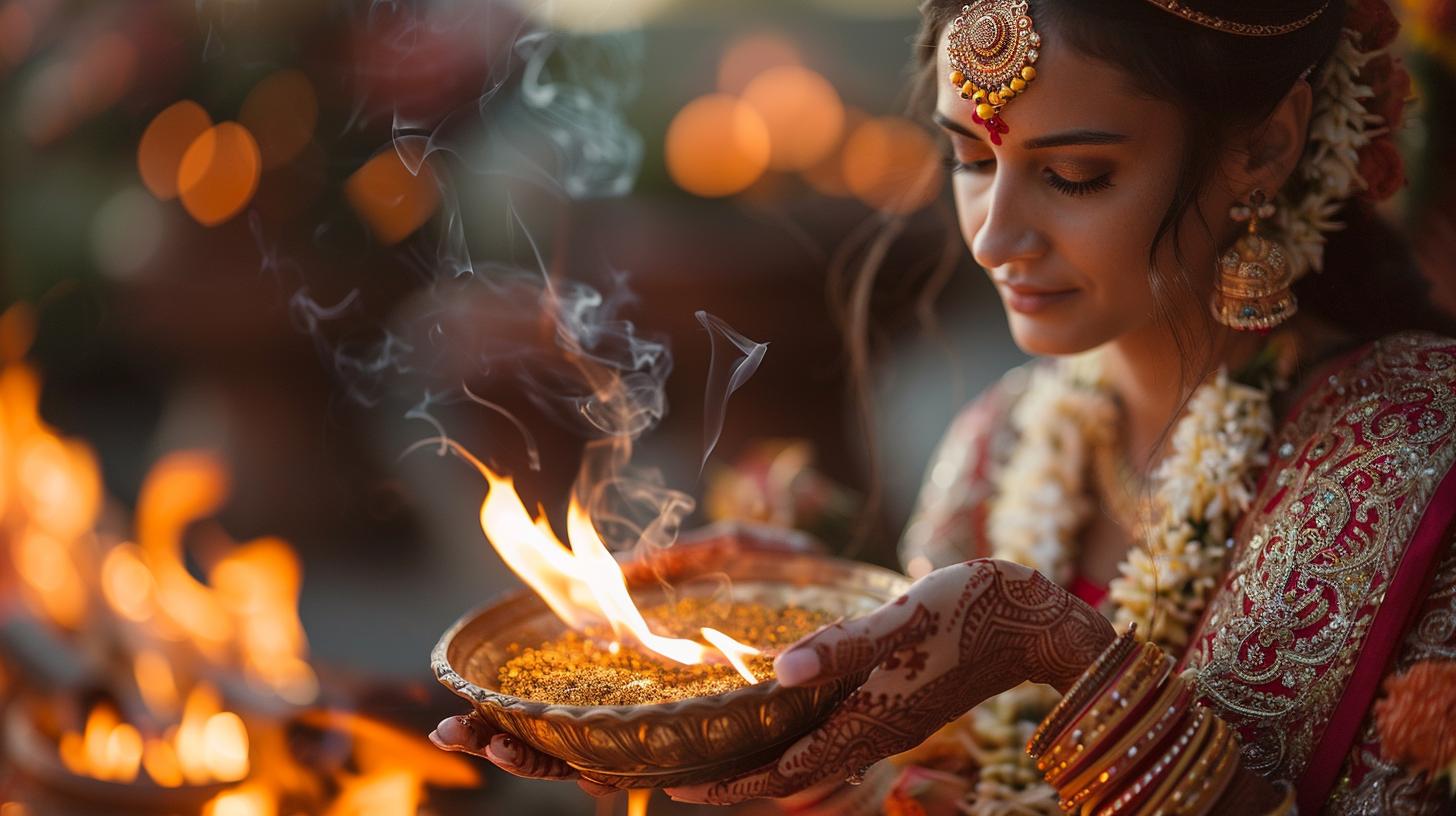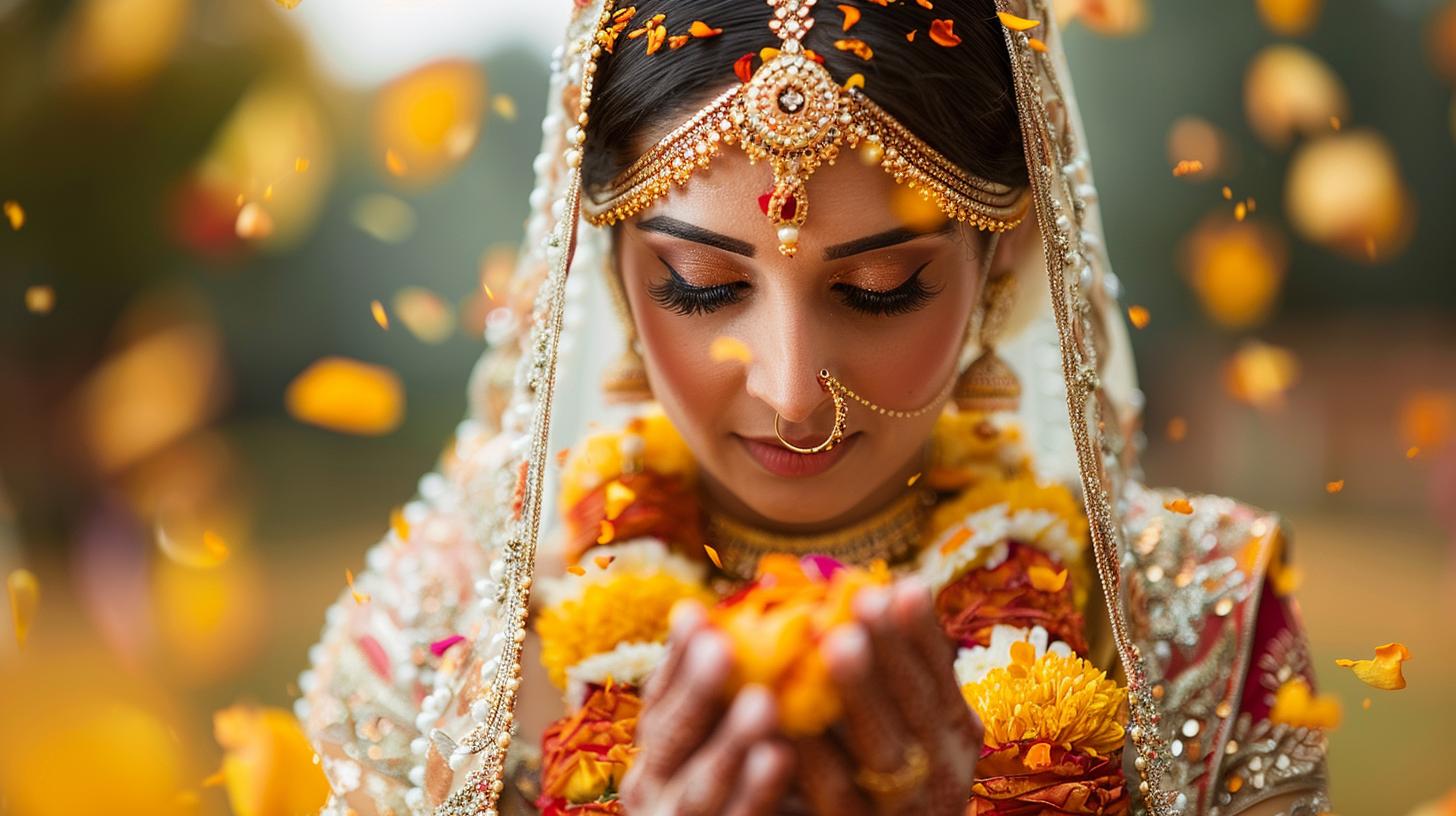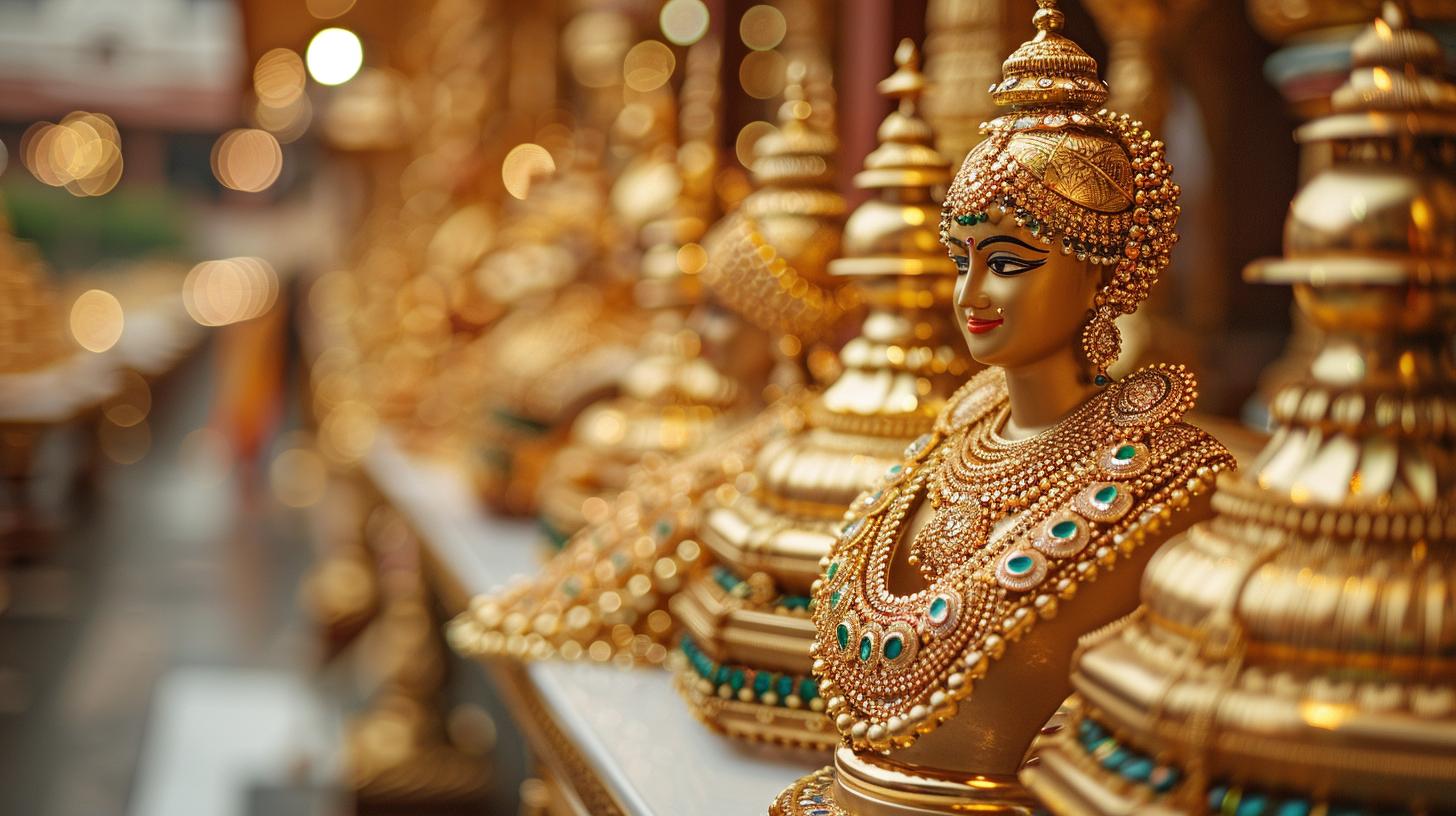Indian Wedding Fire Ceremony: A Sacred Tradition in Hindu and Jain Weddings
The Indian Wedding Fire Ceremony, also known as Vivaah Homa, is a crucial tradition in Hindu and Jain weddings. This sacred ritual involves the presence of fire outdoors or indoors.
Planning for the ceremony includes location considerations, permits for indoor venues, and weather contingencies. Conducting the ceremony involves traditional steps around the holy fire, exchange of vows, and the symbolic seven steps.
Cultural relevance and symbolism are significant, emphasizing the importance of educating venue staff and ensuring a respectful ceremony.
Overview of Indian Wedding Fire Ceremony
The Indian Wedding Fire Ceremony, deeply rooted in Hindu and Jain traditions, is a sacred ritual symbolizing the union of two individuals in marriage. This ceremony involves various steps and rituals that hold significant importance in these cultural practices.
Hindu Wedding Rituals Step by Step
- The Hindu wedding ceremony is a traditional affair that involves several rituals performed step by step.
- From the exchanging of garlands to the tying of the sacred thread, each step holds spiritual significance and symbolizes the union of the couple.
Significance of the Fire Ceremony in Hindu Weddings
- The fire ceremony, known as Vivaah Homa, plays a crucial role in Hindu weddings as a sacred symbol of purity and divine witness.
- During this ritual, the couple makes offerings to the sacred fire, seeking blessings for a prosperous and harmonious married life.
The Role of the Sacred Fire in Indian Wedding Traditions
- The sacred fire represents Agni, the god of fire, who is considered a messenger between humans and the divine.
- By invoking Agni during the wedding ceremony, the couple seeks purification, transformation, and the presence of divine blessings in their union.
Planning for the Fire Ceremony
Location Considerations for the Fire Ceremony
When planning for the Indian Wedding Fire Ceremony, choosing the right location is crucial.
Outdoor venues are ideal for this sacred ritual, providing a natural setting for the holy fire. Ensure the space is spacious enough to accommodate the fire and all participants comfortably.
Obtaining Permits and Permissions for Indoor Ceremonies
For indoor ceremonies, it is essential to secure the necessary permits and permissions for the presence of fire.
Check with the venue management about any specific requirements or regulations regarding fire safety. Be prepared to cover any additional costs associated with indoor fire ceremonies.
Weather Contingencies and Alternatives for Indoor Ceremonies
In case of inclement weather or other unforeseen circumstances, having contingency plans in place is vital.
Consider setting up a tent in the outdoor space or opting for alternative indoor locations that permit fire ceremonies. Communicate with the venue staff to address any weather-related issues effectively.
Conducting the Fire Ceremony
Traditional Steps Around the Holy Fire
The traditional steps around the holy fire in the Indian Wedding Fire Ceremony hold deep symbolic significance.
The couple circles the fire four times, with the groom leading the first three rounds and the bride leading the final one. This act symbolizes the different stages and responsibilities in their journey together.
Exchange of Vows and Garland Ceremony
The exchange of vows and the garland ceremony are pivotal moments during the Indian Wedding Fire Ceremony. As the couple exchanges vows, they promise to support and love each other through life’s ups and downs.
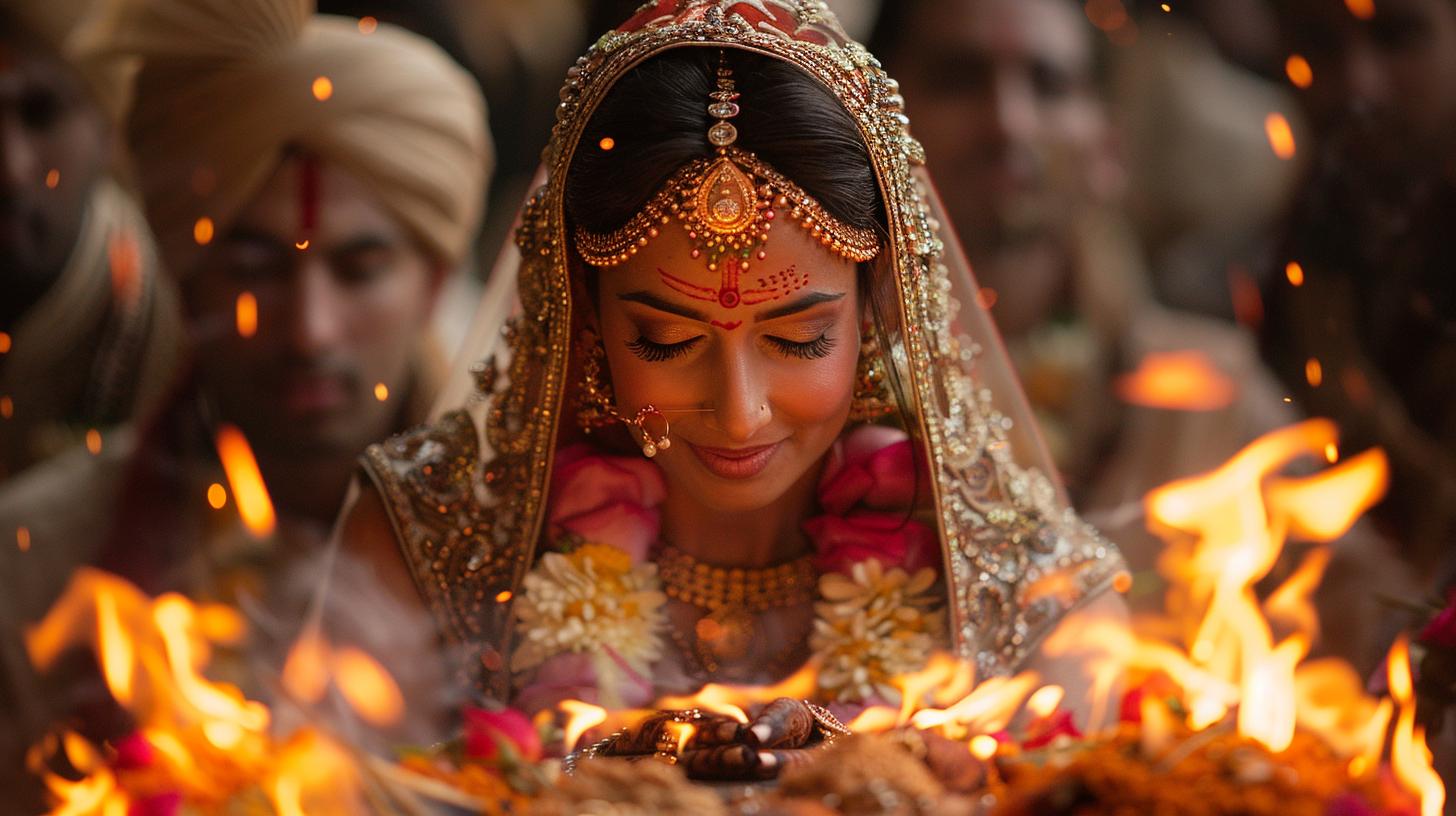
The garland ceremony signifies mutual acceptance and respect. It is a beautiful symbol of their union and commitment.
Seven Steps Around the Fire – Saptapadi
The seven steps around the fire, known as Saptapadi, represent the couple’s journey through seven stages of life. Each step corresponds to a vow they make to each other, including promises of mutual respect, love, and support.
This ritual signifies their commitment to walk together in harmony and unity, embracing their shared values and aspirations.
Cultural Relevance and Symbolism in the Fire Ceremony
The Indian Wedding Fire Ceremony holds deep cultural significance and symbolic meanings within Hindu and Jain traditions. Let’s explore the various aspects that make this sacred ritual integral to the wedding ceremonies:
Symbolism of the Seven Steps
- The Seven Steps, known as Saptapadi, symbolize the couple’s journey together in marriage.
- Each step represents a vow or commitment made by the bride and groom to each other.
- Through the Seven Steps, the couple pledges to support, cherish, and love each other through life’s joys and challenges.
Meaning of Circumambulation Around the Fire
- Circumambulation around the sacred fire signifies the eternal nature of marriage and the cyclical nature of life.
- Walking around the fire symbolizes the couple’s promise to uphold their marital vows and honor the sacred bond they share.
- It is a sacred ritual that signifies continuity, devotion, and the perpetuity of love between the couple.
Connection to Hindu Gods and Deities
- The Fire Ceremony is deeply connected to various Hindu gods and deities, such as Agni, the god of fire.
- Agni is regarded as a witness to the marriage vows and is invoked to bless the union with purity and divine energy.
- Additionally, the presence of Agni symbolizes light, knowledge, and the transformative power of the sacred fire in the couple’s life journey together.
Ensuring a Smooth and Respectful Ceremony
Educating Venue Staff on Hindu Wedding Traditions
It is essential to educate venue staff on the intricate details of Hindu wedding traditions to ensure a smooth and respectful ceremony.
Providing background information on the significance of the fire ceremony, the roles of various participants, and the order of events can help staff members better assist during the ceremony.
Communicating Clear Guidelines and Expectations
Clear communication of guidelines and expectations is crucial for a successful fire ceremony.
This includes informing venue staff, officiants, and family members about their roles and responsibilities during the ceremony. Setting clear expectations will help prevent misunderstandings and ensure everything runs smoothly.
Coordinating with Family Members and Officiants
Effective coordination with family members and officiants is key to a harmonious fire ceremony.
Ensuring that all parties involved are aware of their roles, timing, and any specific instructions will help the ceremony proceed seamlessly. Open communication and collaboration among all stakeholders are vital for a respectful and memorable event.
.


